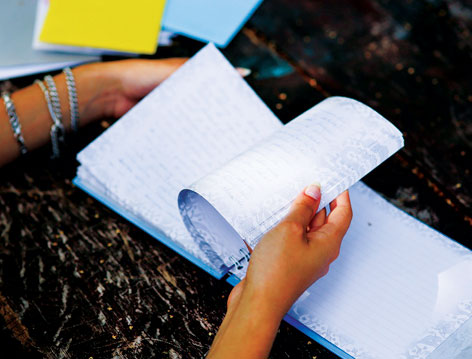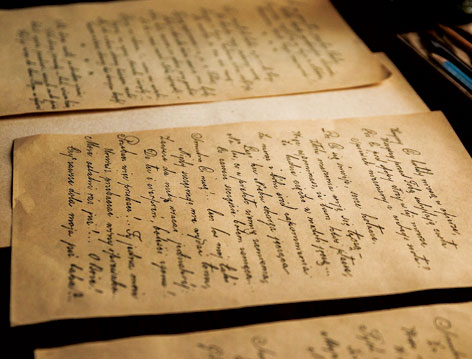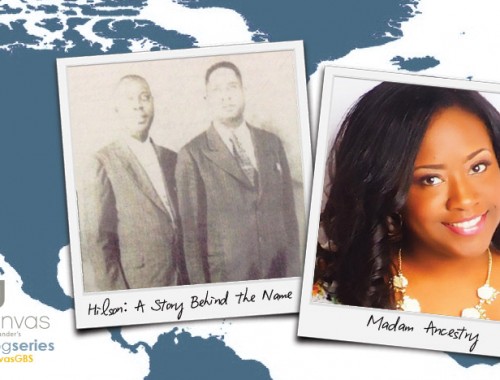While researching family history, it’s important to cite your sources. Learning how to accurately cite sources will save you, and other researches, valuable time. Source citing gives everyone the opportunity to go back and double check where you’re getting your information so that it can be established as fact.
Before You Get Started
Before you begin citing your source, pause to double check that the source you’ve found is correct and reliable. Is this a primary source? (See our post on the difference between primary and secondary sources here). If not a primary source, the secondary source you found should have cited it’s own sources. This will establish some credibility. If it hasn’t, you may need to question where the information is coming from. Is this person using facts, or making educated guesses, or simply sharing an opinion?
If your source is questionable, that doesn’t necessarily mean you should throw it out. However, don’t integrate it into your own research just yet either. Instead, save the source so you can compare it to other information you find. It’s possible that the source is correct, but forgot to cite it’s own sources.
Sources to Cite
After you’ve ensured that your source is authentic, it’s time to cite it! To make it possible for other people to find the sources you’ve used, include as many of these six elements as possible:
- author‘s name
- title of the work
- publisher‘s name and location
- publication date
- location of the source
- data details such as the page number
By recording all of these important details, those who follow after you will be able to not only trust your work, but access it for themselves. If you would like to format your citation in a standard format, try out Citation Machine. This website lets you plug in the information you know, and then organizes it in your preferred citation format, be it APA, MLA, Chicago, or something else!
No Guessing
If some of the information from the above list is missing, do not guess! If you have an educated guess, make sure you clearly state in your notes that you are making a guess, and list the reasons you think your guess is correct. Simply guessing makes opinions look like fact, and if that guess is wrong, it could send hundreds of people hunting for information in the wrong direction. Only record the information you know is accurate.
Stay Legible
When citing your sources, stay legible! Write clearly. If you know your hand writing is hard to read, type your notes so that there is no chance of them being misinterpreted later. If you decide to photocopy or photography your source, make sure the picture is legible (clear) as well. Use a high quality machine and excellent lighting for the best results.
Double Check
Last but not least, double check your own citations! Make sure everything is legible, accurate, and correctly spelled! Spelling is especially important to double check if you took electronic notes. Make sure your fingers didn’t slip and turn “Jhones” into “Jones,” or that auto-correct hasn’t made “Jhones” into “stones.”
That’s it!
You’ve done it! You’ve found a new source, and cited it correctly! Congratulations! Keep up the good work! Be sure to keep that information safe! Use MyCanvas‘ custom family tree templates to preserve your family’s history for future generations.








